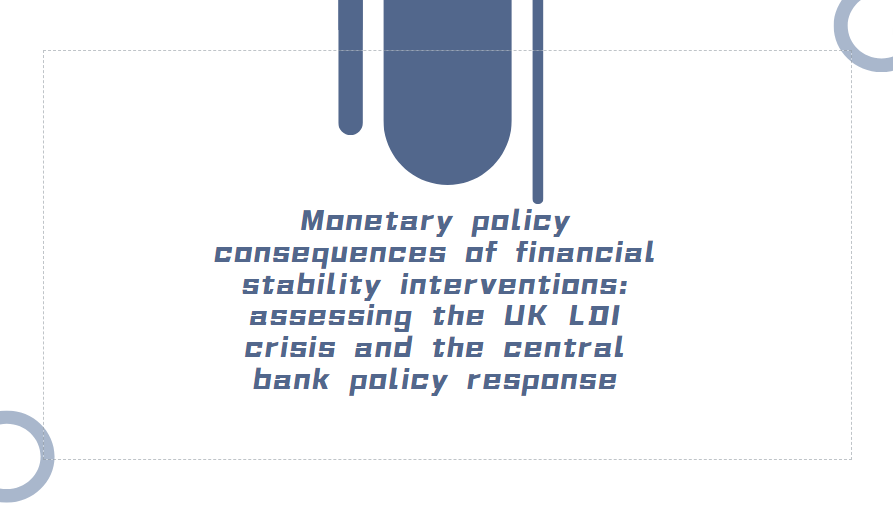Measuring climate-related financial risks using scenario analysis
Climate change – through both physical impacts and the effects of economies transitioning to net zero – poses financial risks in both the short and long term. These risks are relevant to a wide range of institutions across the financial system. This includes the Bank of England, given its significant financial operations. However, these risks are challenging to quantify, which could limit financial institutions' abilities to mitigate against these risks into the future. This article explores how central banks and financial institutions can use scenario analysis to quantify these risks. It focuses on how financial institutions can ‘extend’ macro-climate scenarios to undertake granular asset-level analysis of financial risks, drawing on examples across sovereign bonds, corporate bonds and residential mortgages. It also discusses how scenario analysis outputs can be applied to financial institutions’ existing financial modelling toolkits. While scenario analysis applied in this way is at the cutting edge of climate financial risk measurement, it is still subject to a number of limitations.
1: Introduction
Climate and financial risk
Context
Financial institutions are increasingly considering climate-related factors as part of their investment and/or lending decisions. Broadly, there are two – often complementary – reasons for this:
Reducing risk and/or maximising returns: Climate change will have macroeconomic and financial impacts, and therefore potentially impact financial asset values (eg Bank of England (2022), Network for Greening the Financial System (NGFS) (2023Opens in a new window), Bank of England (2022)). Financial risks are generally larger for longer maturity assets. The value of these assets could re-price in an orderly way over time in response to crystallising physical and transition risks. More extreme losses could still materialise in the near term if investors sharply repriced assets in a ‘climate Minsky moment’ (eg CEPR (2022Opens in a new window)). It is therefore valuable for investors, central banks and the broader financial system to focus on climate-related financial risks.
Net-zero alignment: There has been growing recognition of the role that the financial system adjusting financial flows can play in supporting the transition to net zero (eg Glasgow Financial Alliance for net zeroOpens in a new window). Investors that want to support the transition to net zero have therefore refocused investments towards assets more closely aligned with net zero, irrespective of risk-adjusted returns.
The Bank’s consideration of climate risks flows directly from its primary monetary and financial stability objectives (see Bank of England Act (1998Opens in a new window)). To achieve its financial and monetary stability objectives the Bank undertakes financial operations, including collateralised credit operations, repurchase agreements and asset purchases. The full range of the Bank’s policy and balance sheet tools are set out in the Bank of England Market Operations Guide. The Bank also undertakes market operations as part of funding its activities and managing its own foreign currency reserves. As part of its financial risk management framework the Bank considers a range of risks to ensure it has the resources available to achieve its primary objectives. Climate risks are one of the risks the Bank considers, as set out in the Bank’s 2023 Climate Disclosure.
The rest of this article focuses only on climate as a financial risk given the Bank’s interest from a financial system-wide risk perspective, and the risks it is exposed to through its own financial operations.






















































First, please LoginComment After ~